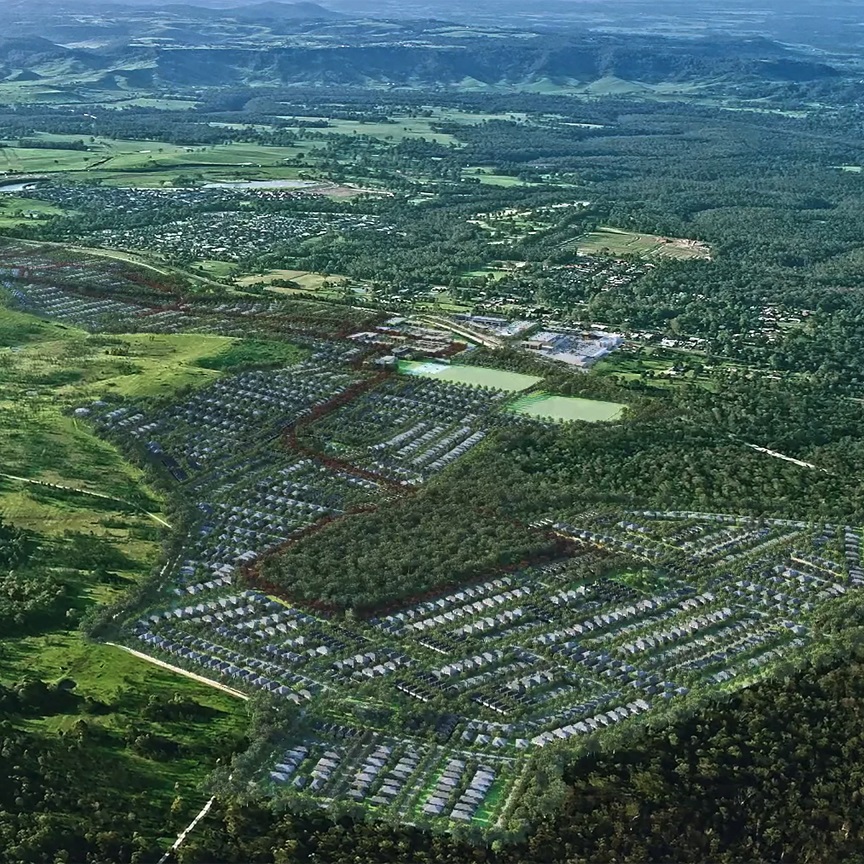
Wollondilly Shire Council has slammed Department of Planning and Environment post exhibition changes to the Wilton growth area housing code.
They include reduced rear setbacks from 4.5m to 4m for single storey dwellings; allowance of double driveway crossovers; reduced landscaping requirements; and no buffers from conservation land, major arterial roads and the Maldon Dombarton rail corridor.
Council says adoption of the draft Wilton code in the form being considered by the department would not only represent a significantly worse planning outcome, but would also be a complete betrayal of the good faith negotiations undertaken up to this point.
If the department does not accept council’s position and proceeds toward finalising the draft Wilton code including the changes, council says it will hold an extraordinary meeting to consider and formalise a strong response to this issue, noting the highly detrimental impacts it could have to the Wollondilly community.
Council says it will also write to the Urban Development Institute of Australia and the Housing Industry Association to highlight that development industry efforts to water down the Wilton code are slowing down housing supply.
“We will be making our position clear to the relevant ministers and take whatever action necessary to ensure council’s objectives are delivered,” says Mayor Gould.
“If the department was to accept the changes proposed by developers, they would undoing all the work that we have been able to achieve through extensive consultation to make sure that Wilton is the best it can be.
“To make these changes would repeat the planning failures that the department and developers have made in the past, resulting in poor planning outcomes and an unacceptable cost to future generations.
“It would also be a complete betrayal of the good faith negotiations undertaken by council with DPE up to this point to ensure the best possible outcome for the Wilton growth area.
“Key stakeholders should be working towards building liveable communities that are future-proof, resilient and sustainable,” he said.

More power to the Council! It needs to ensure residents are aware of the long-term negative impacts on their living environment. That includes the impact of urban heatsinking due to hard surfaces, dark roofs and concrete driveways, lack of space for street trees and open channel stormwater drains infested with rats, snakes, and mosquitos. Overall, I suspect these changes are not there to improve outcomes for residents but to simply save infrastructure costs to developers.